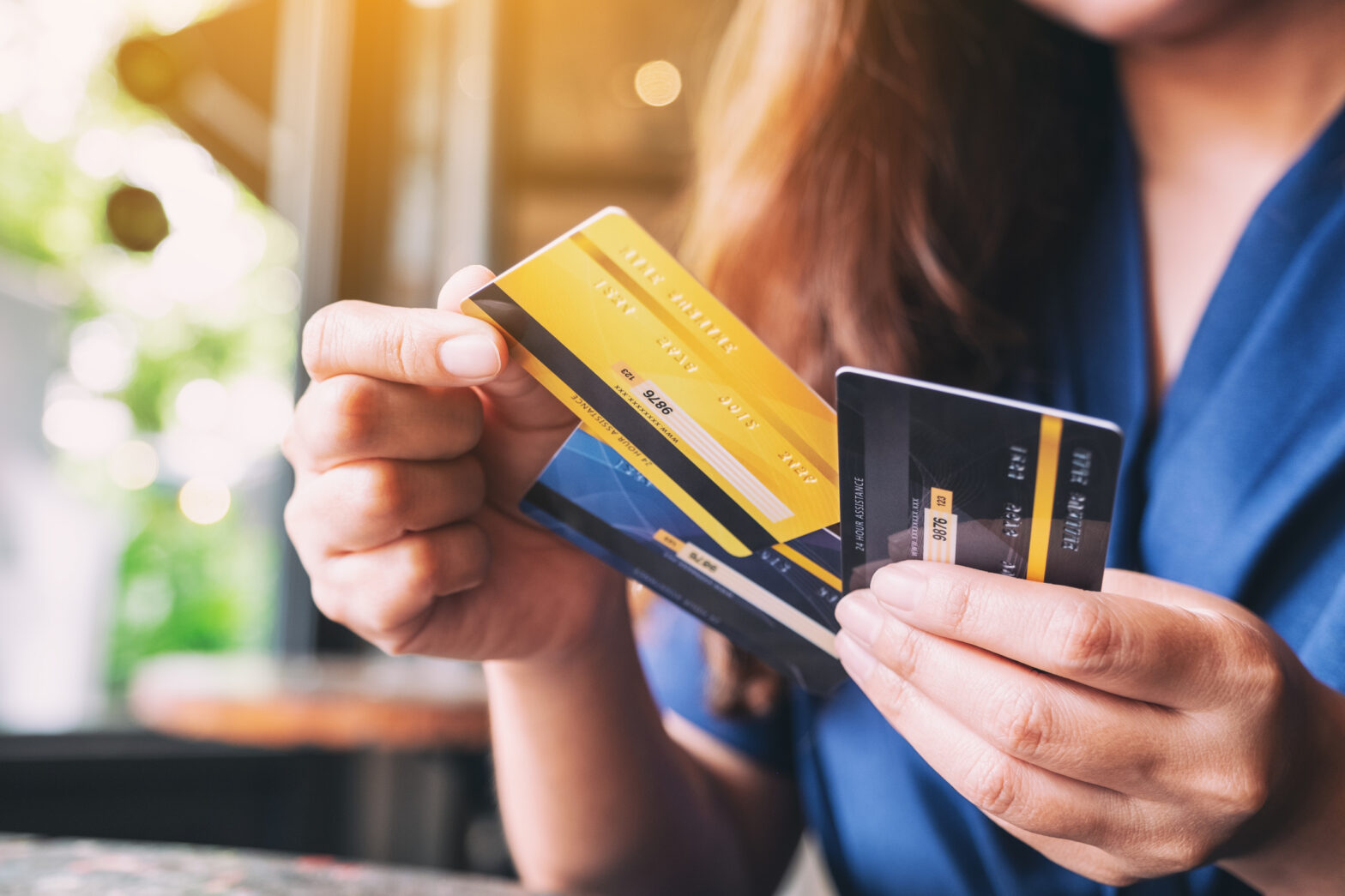United Airlines has been in the news recently for all the wrong reasons, but amidst the controversy one announcement has flown under the radar. This year the airline, which is usually associated with luxury travel, has launched a new fare class: the “basic economy” airfare. Under the new tariff, customers will be expected to pay for a number of services as an add-on, such as leg room, carry-on baggage, and early boarding.
https://growthbusiness.co.uk/hr-lessons-united-airlines-pr-debacle-2550441/
United’s move is a strategy designed to help it compete with low-cost challengers across the industry. Twenty years ago low cost airlines such as Ryanair and easyJet completely revolutionised the airline industry with a similar business model that fundamentally changed the way that people fly. By discarding the ‘frills’ and offering additions such as meals, leg room, and reserved seating as an upsell, these airlines have repeatedly undercut rivals on basic airfare prices.
United’s move is a strategy designed to help it compete with low-cost challengers across the industry. Twenty years ago low cost airlines such as Ryanair and easyJet completely revolutionised the airline industry with a similar business model that fundamentally changed the way that people fly. By discarding the ‘frills’ and offering additions such as meals, leg room, and reserved seating as an upsell, these airlines have repeatedly undercut rivals on basic airfare prices.
Flying high
Whether its price versus flight time or price versus legroom, the former will always be the most important factor for some customers. The key is to understand that this level of tolerance differs for every individual and success will come from acknowledging that a one size fits all model won’t work. This is where differential pricing comes in – justified by passengers having varying degrees of willingness and ability to pay for specific services.
Low cost pricing does not have to equate low quality service. In fact, tailored pricing can be a fantastic way for banks to show customers that they understand their needs, thus generating loyalty. This pricing model offers complete transparency. If customers receive a restricted service, it is through choice, rather than because of a poor quality offering.
Too often, banks mistakenly believe that keeping customers in the dark on price is the best approach to keep them happy. Additional costs, such as monthly account maintenance fees and annual credit card fees are often so far hidden in the small print that customers think they’ve been ‘cheated’ when the bill arrives. In line with this, four of the UK’s largest banks scored just 2 out of 5 stars for ‘clarity of statements’ in Which’s bi-annual banking customer satisfaction survey. Dissatisfied, many customers then complain to their banks, which on too many occasions leads to banks waiving completely legitimate fees. Not only does this cause revenue leakage, but it results in a vicious circle of continued customer dissatisfaction. Waiving a fee for a customer doesn’t encourage them to believe that their bank is honest and customer-focused. Instead, banks are putting themselves at risk of customers feeling that their bank is trying to pull the wool over their eyes.
Loyalty programmes
Airlines also have some nuggets of wisdom to offer financial services providers when it comes to taking a more proactive approach to driving customer loyalty.
Airlines are the kings of loyalty programmes. In 1981 American Airlines launched its Frequent Flier programme, often regarded as the first full scale loyalty programme of the modern era. Today, air miles and loyalty rewards are expected as an option across most airlines.
Similarly, well-designed loyalty schemes have proven attractive to retail banking customers, typically in relation to credit and debit card products with reward and redemption options, including cash-back and retail vouchers. However, consumers are expecting banks to adopt more enterprise-wide models so that they can be rewarded in a more connected and holistic way for the full range of bank products and services that they use.
Loyalty programmes focused solely on credit cards limit a bank’s potential to build happy, loyal customers because they fail to consider the value of the entire customer relationship. It’s important to remember that the future of loyalty lies at the relationship level rather than at the product level.
Truly innovative loyalty programmes should extend across business units and be based on customer behaviour insight. To begin, banks should identify what good customer behaviour looks like, using benchmarks, which can then be translated into loyalty points using business rules. Product managers can then create a bank-wide loyalty programme encompassing the full suite of banking products, including checking and savings accounts, credit lines, investments, insurance, and beyond.
By rewarding customers based on identified “good behaviour”, with rewards that are tailored to their needs, banks can reward customer behaviour in a way that fosters happy, profitable customer relationships.
We know from United’s recent news that the airline industry is not immune to controversy, but there are certainly some lessons that financial services players can take away from their business model. Pricing can be used as a lever to incentivise behaviour, provide transparency, and boost loyalty. Furthermore, customers want to know that they are getting what they pay for. It’s time banks put the power in customers’ hands to decide the nature of the service they receive.
Nancy Langer is the president and COO of Zafin.






